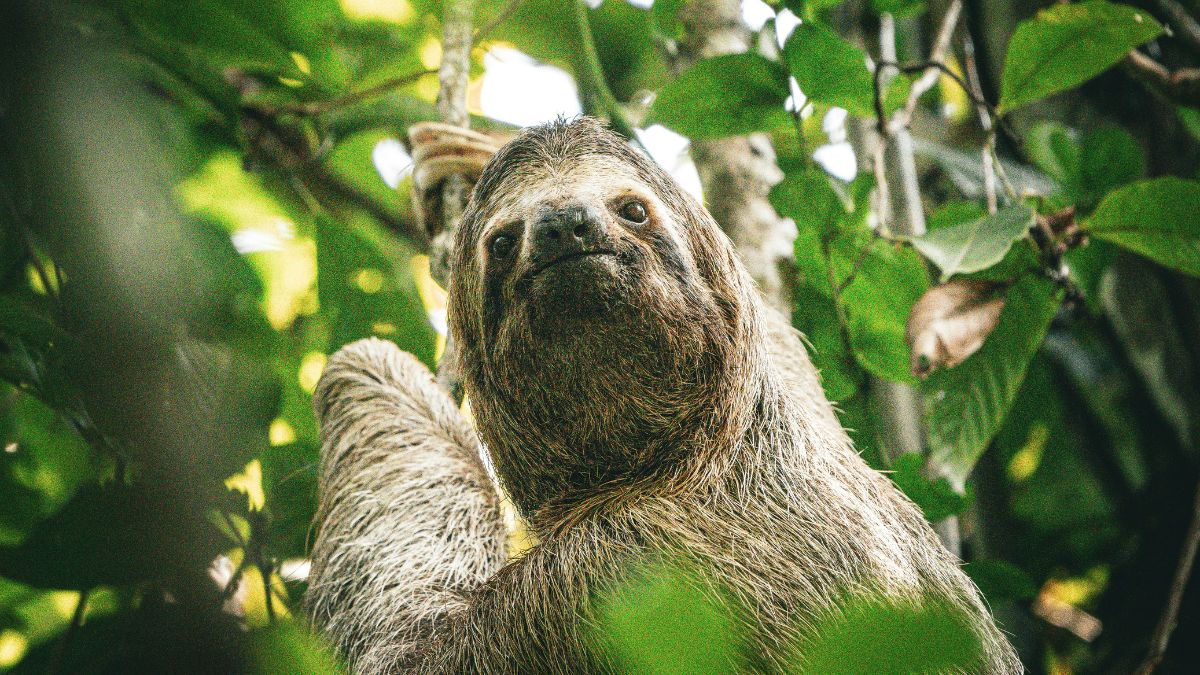Truth & Goodness
4,000 Space Mirrors Could Light Up Earth. Is It Day or Disaster?
04 December 2025

They were larger than a car. They didn't hang from trees—they churned the earth. They dispersed seeds, altered soil structure, and kept entire ecosystems in check. When the giant ground sloths disappeared, nature lost a function that we have not recovered to this day. This new research reveals the ecological catastrophe triggered by their extinction.
Imagine two animals the size of SUVs. That is exactly what a stretch of California looked like several tens of thousands of years ago. These prehistoric sloths were enormous, lived side-by-side, and… they were not enemies. Intriguingly, though they looked very similar, they did not compete with each other. This breaks a fundamental principle of ecology: two nearly identical species should not be able to share one niche. One should displace the other. Yet, they did not.
Scientists wanted to understand how exactly this worked. Therefore, they accessed the Pleistocene’s most precise laboratory archive: the La Brea Tar Pits. Skulls and teeth of these giants were preserved there. And it is on those teeth—in the micro-scratches and wear marks—that the true “division of labor” between these two car-sized monsters is recorded. What did the researchers discover?
The two species in question are Paramylodon harlani and Nothrotheriops shastensis. In a study led by Aditya Kurra and Larisa DeSantis, the scientists gave these prehistoric behemoths a “dental check-up.” They took their preserved teeth and used a microscope to search for micro-scratches, pits, and traces of what they truly ate when they walked the Earth tens of thousands of years ago.
The findings were startling. Each giant had a completely different “eating style.” One dug up the soil and got to the tough materials underneath. The other browsed on higher plants. One sliced tubers, the other clipped leaves. This difference in diet was the key—it allowed them to coexist without having to “eliminate” each other from the ecosystem.
Paramylodon harlani—the larger of the two species, weighing around 1,390 kilograms—had deep pits on its teeth, typical of animals that chew hard objects: tubers, seeds, fruit stones, and fungi. It became clear that this sloth primarily excavated its food.
Nothrotheriops shastensis, the smaller species weighing about 460 kilograms, showed wear patterns on its teeth similar to those of modern herbivores feeding on leaves and stems. This animal grazed on plant fragments, and these made up its diet.
The two sloths, therefore, did not obstruct one another. The larger one dug through the soil, extracting tubers, roots, and fungi. The smaller one reached slightly higher for leaves and stems. In addition to this unique symbiosis, the US researchers’ study revealed something else: the unique role one of the giant ground sloths played in the prehistoric ecosystem.
Paramylodon was a master at turning over soil; it impacted the structure of the substrate, nutrient cycles, and dispersed seeds and fungal spores over huge areas. Its massive forelimbs and flat claws were perfectly adapted for digging. In this respect, it resembled modern armadillos.
Researchers suggest that some plant species had entirely outsourced their propagation to the prehistoric sloths. When these animals died out, the plants’ range dramatically shrank, and some likely disappeared completely.
This phenomenon has a broader dimension. “The extinction of the megafauna erased keystone ecosystem engineers, triggering cascading ecological changes that continue to affect the resilience of habitats,” the study authors emphasize.
Today’s sloths are but a shadow of their ancestors’ power. The loss of the gigantic forms was not just the loss of a species. It was the loss of a function within the ecosystem. No modern mammal in North America fulfills the role that Paramylodon played tens of thousands of years ago as a digging seed disperser.
“Our results resonate with growing evidence that the conservation of today’s living large herbivores and understanding the diversity of their ecological niches is crucial for the preservation of functional ecosystems,” the researchers conclude.
The study shows that protecting today’s large herbivores, from elephants to tapirs, is critically important. It is the defense of the mechanisms that keep ecosystems in check. Nature is a complex system of interconnected parts, and removing a single element will reverberate throughout the entire system. The history of the giant ground sloths proves this emphatically.
Read this article in Polish: Gdy te giganty zniknęły, natura przestała działać normalnie. Skutki widać do dziś